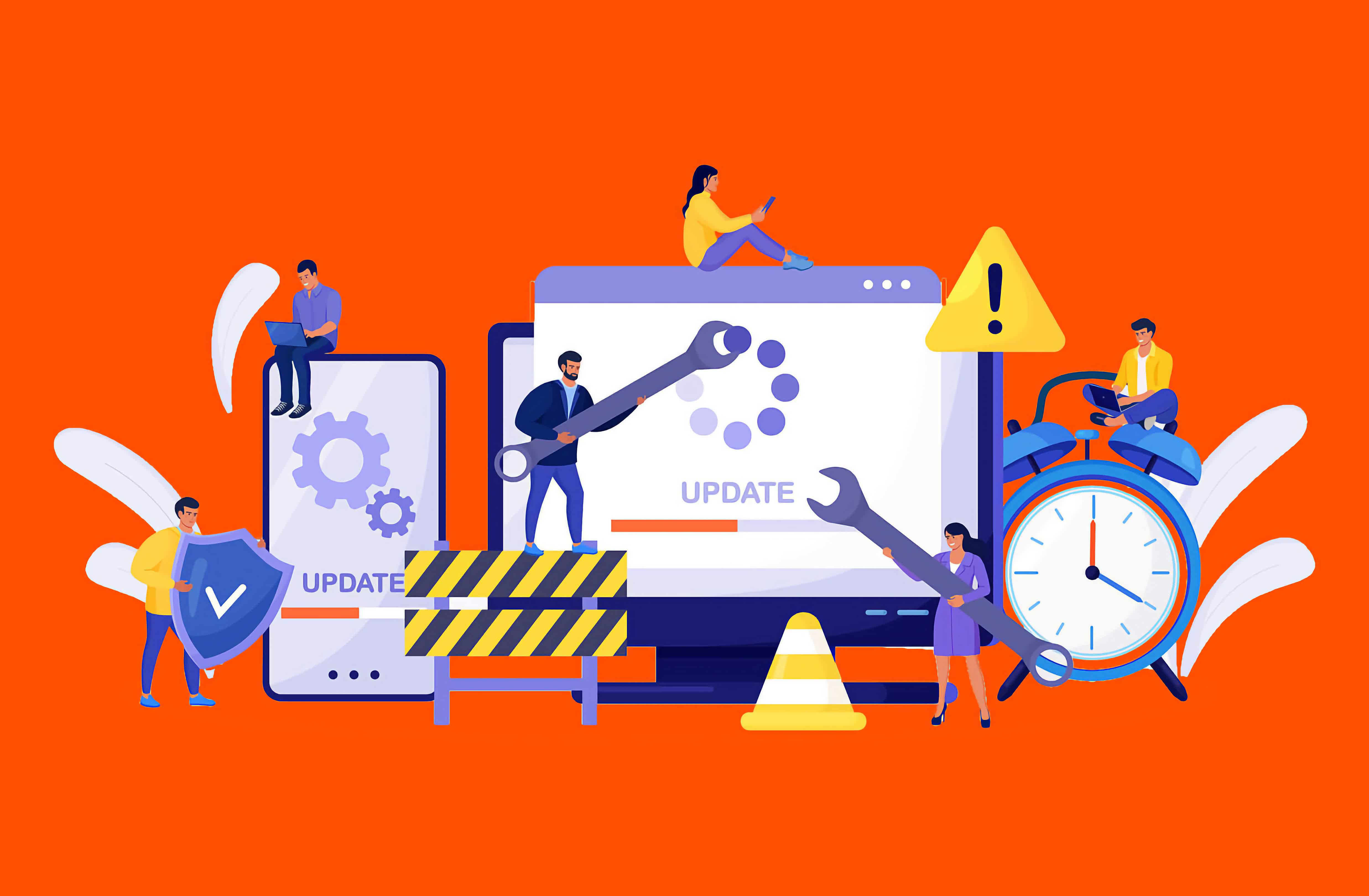您的当前位置:首页 > 都市雄杰 > Failover vs. Failback: Two Disaster Recovery Methods 正文
时间:2025-06-15 06:12:07 来源:网络整理 编辑:都市雄杰
A key distinction in the realm of disaster recovery is the one between failover and failback. Both t 关键字3
A key distinction in the realm of disaster recovery is 关键字3the one between failover and failback. Both terms describe two sides of the same coin, complementary processes that are often brought together.
However, their effects and purposes couldn't be more different. Both play critical roles in ensuring business continuity and disaster recovery, making it essential to understand what they are and how they differ.
Failover is a business continuity operation that ensures continued access to a system by fully transitioning to another instance of that system. This secondary system is designed to be resilient, ideally unaffected by the event that compromised the primary system.

Put simply, failover occurs when connectivity is switched from one system instance to another. This can happen in various ways, including:
Editor's Note:
This guest blog post was written by the staff at Pure Storage, an US-based publicly traded tech company dedicated to enterprise all-flash data storage solutions. Pure Storage keeps a very active blog, this is one of their "Purely Educational" posts that we are reprinting here with their permission.
The critical point about failover is that it involves a complete migration of logical or physical access from the primary system, server, or hosting location to a secondary one.
While other processes, such as load balancing, may distribute partial connectivity between system instances or components, they do not qualify as failover because they do not represent a full cutover.
Failback is the quintessential disaster recovery operation. It involves a full migration back to the production status quo – a recovery if you will – at the validated conclusion of a disaster.

Failback occurs when a system reverts back to the primary environment after the root cause of a disruption has been addressed. In practice, this looks like a failover, but in reverse. Once the primary system is restored, access is pointed to that system, and the standby is deactivated.
This reversion is a critical distinction. Some organizations may have complete standby systems for critical applications, which permit full operations on the standby system. In that case, the standby can rightfully be considered the primary and the repaired former primary the new standby.
Failover is critical in a business continuity event because it keeps operations running. By having a system to which your business can transition when a primary system is unavailable, you're able to continue doing business. People can work, revenue streams are preserved, and customers can be served.
Without failover, these functions could grind to a halt, leading to significant disruption. Many organizations depend on technology for critical processes, and when those processes are unavailable, analog alternatives may be insufficient or entirely obsolete. Failover ensures that even in a disaster, the business keeps moving.

Failback comes into play once the need for failover ends. As the disaster is resolved, failback allows the organization to return to normal operations. Typically, failback is necessary when the standby system cannot sustain operations as effectively as the primary system. For instance, a standby system may not be a full replica of the primary system and might be designed only for temporary use during an emergency.
For mission-critical systems, some organizations may build a standby system that is a full replica of the primary. While costly, this approach mitigates the risks of diminished functionality during disasters.
In an ideal world, every business would maintain two fully operational environments: a primary environment and an identical standby environment. This setup would allow for seamless transitions during disasters, ensuring that business operations are completely unaffected.
However, that model can effectively double an IT budget: two sets of endpoints, two sets of servers, two sets of cloud environments, two sets of data, staff to support that both in IT and business operations, etc. It's costly and inefficient for any company, to the point where no company truly maintains that support model.

Instead, most organizations opt for a failover and failback model because it balances cost and efficiency. With this approach, the standby environment is designed to sustain critical operations during a disaster, even if it's not as robust as the primary system. This makes it more economical, less work is duplicated, and the risk of data loss or impact is lower.
It's crucial to maintain a well-designed secondary environment. Cutting costs too deeply on a standby system can result in inefficiencies or financial losses if critical operations are disrupted. Striking the right balance between cost and functionality is key.
If uninterrupted business operations are essential, then a strategic failover and failback plan is not optional – it's a necessity.
2021青马·马术夏令营第7日全记录:我们学会了如何正确上下马2025-06-15 05:38
太山景区通报建筑物局部塌陷:塌陷建筑物不属于文物2025-06-15 05:36
Apple WWDC 2025: What to expect, including 'radical' iOS overhaul2025-06-15 04:55
กัมพูชายอมเปิดด่านบ้านแหลมเคลียร์ผู้คน 2 ปท.ที่ตกค้าง หลังปิดด่านกะทันหัน2025-06-15 04:52
台风蓝色预警!中国气象局启动四级应急响应2025-06-15 04:28
2021年北京冠军杯马术巡回赛(第二站)圆满完赛2025-06-15 04:21
帕斯尚尔战役地图第1关怎么过2025-06-15 04:13
贩毒1.35吨荷兰国脚终被引渡 为参加训练被捕获刑7年半2025-06-15 04:08
抖音精品喜剧系列短剧全数上线,喜人卡司领衔主演笑点无限2025-06-15 03:45
Knicks vs. Pacers 2025 livestream: Watch Game 5 of NBA playoffs for free2025-06-15 03:34
三角洲行动开服新手怎么玩 三角洲行动开服新手玩法上手攻略2025-06-15 05:49
乐视网复牌会跌吗?贾跃亭股权被质押需交保证金2025-06-15 05:37
晋升本身的技巧能力获得更多乐趣2025-06-15 04:46
商场户外高档垃圾箱厂家生产制作工艺2025-06-15 04:44
安全删除USB设备不用点 快捷键一键搞定2025-06-15 04:06
合金装备全地图怎么通关2025-06-15 03:58
Samsung could pre2025-06-15 03:50
长寿路街道开年首趟“温暖列车”出发 打造街社共治新样本2025-06-15 03:33
智能垃圾分类设备来了2025-06-15 03:33
Windows 7系统下占用空间的两大因素2025-06-15 03:30